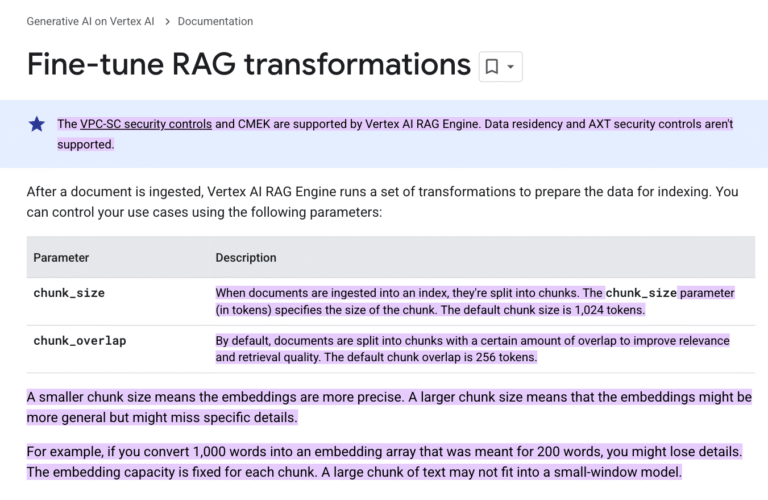
Designing a hybrid SSD and HDD storage pool in Proxmox VE 9 is a practical solution for organizations that need to maximize both performance and storage efficiency. By integrating solid-state drives (SSDs) with hard disk drives (HDDs), you can create a tiered storage architecture that matches the needs of diverse virtual machine (VM) and container workloads, all within a single Proxmox infrastructure. This guide explores the considerations, step-by-step instructions, and best practices for successfully implementing a hybrid storage pool in Proxmox VE 9, leveraging insights from the Proxmox community and industry experience, and highlighting how robust infrastructure partners like Dataplugs can support your deployment.
Understanding Hybrid Storage Concepts in Proxmox VE 9
A hybrid storage strategy in Proxmox VE 9 allows you to combine the high-speed access of SSDs with the cost-effective, large-capacity storage of HDDs. The key goal is to place performance-sensitive workloads on SSDs and allocate bulk storage or infrequently accessed data to HDDs, optimizing both application responsiveness and storage costs.
Proxmox VE 9 natively supports a range of storage backends, including ZFS, LVM, Ceph, and direct disk assignment. Each backend provides different options for hybrid configurations, such as using SSDs for caching or metadata, and HDDs for primary data storage.
Planning Your Hybrid SSD and HDD Storage Pool
Before configuring your hybrid storage pool, evaluate the following:
- Workload Analysis: Identify which VMs and containers require high IOPS, low-latency storage (such as databases and transactional systems) versus those that can tolerate slower storage (such as file archives or backups).
- Hardware Selection: Choose enterprise-grade SSDs with power-loss protection and high endurance (DWPD rating) for reliability. Select HDDs with sufficient capacity and reliability for bulk storage.
- Pool Design: Decide whether to use ZFS for its advanced caching and special device features, or Ceph for scale-out distributed storage. Consider thin provisioning for flexibility but ensure you have strong monitoring in place.
Step-by-Step Instructions for Hybrid Storage Pool Setup
- Prepare Hardware and Environment
- Install SSDs and HDDs in your Proxmox server. Verify compatibility and update firmware as recommended by your hardware vendor.
- Ensure your server meets memory requirements, especially if using ZFS or Ceph (plan for at least 1GB RAM per TB of storage).
- Configure Storage Backends
- In the Proxmox web interface, navigate to the “Datacenter” section and select “Storage” to add new storage devices.
- Define separate storage entries for SSDs and HDDs. Name them clearly, such as “SSD-Pool” and “HDD-Pool,” for easy management.
- For ZFS users, create a ZFS pool for HDDs and add SSDs as either special devices (to accelerate metadata and small files) or as L2ARC for read caching.
- For Ceph users, set up SSD-based pools for high-performance storage, and HDD-based pools for capacity storage. Use Ceph’s CRUSH rules to control data placement.
- Assign Storage to VMs and Containers
- When provisioning or migrating VMs/containers, select the appropriate storage pool based on workload needs. Use the Proxmox GUI to move disks between SSD and HDD pools as required.
- For databases or frequently accessed applications, assign disks on SSD-backed storage. For large archives or backup VMs, use HDD storage to optimize space usage.
- Enable and Tune Caching (for ZFS)
- Consider enabling L2ARC (read cache) on SSDs to accelerate read operations from the HDD pool. Adjust ARC size in system settings to balance memory usage and cache effectiveness.
- Use ZFS special devices to store metadata and small files on SSDs. Choose block size settings (such as 64K for special_small_blocks) to define what data gets placed on the SSD.
- Regularly monitor cache performance and hit rates using built-in Proxmox or ZFS monitoring tools.
- Monitor and Maintain the Hybrid Pool
- Set up regular health checks for both SSDs and HDDs. Monitor disk wear levels, available space, and IOPS usage.
- For ZFS, schedule regular scrubs and check pool health to proactively identify errors. For Ceph, ensure OSDs are balanced and monitor cluster status.
- Adjust resource allocation over time as workloads grow or change. Use Proxmox’s disk migration features to re-balance storage as needed.
- Backup and Disaster Recovery
- Implement a rigorous backup strategy using Proxmox Backup Server or third-party solutions. Regularly test restores to ensure data integrity.
- Take advantage of Proxmox’s snapshot and replication features for rapid recovery and minimal downtime, especially when running mission-critical workloads.
Community Insights and Best Practices
- Avoid mixing very fast SSDs with slow HDDs in the same vdev without careful planning, as the slowest device can become a bottleneck.
- Use enterprise SSDs for production environments. Consumer SSDs may be suitable for labs or non-critical workloads but lack the endurance and features needed for business use.
- With ZFS, keep pool usage below 80% to avoid performance degradation due to fragmentation.
- Thin provisioning increases flexibility but requires careful monitoring to prevent over-allocation and unexpected out-of-space conditions.
Why Robust Infrastructure Matters
The effectiveness of your hybrid storage pool is ultimately tied to the quality of your underlying infrastructure. Dedicated hosting providers like Dataplugs offer enterprise-level hardware, geographically diverse data centers, high-performance NVMe options, and 24/7 technical support. This infrastructure ensures that your Proxmox hybrid storage pool remains resilient, high-performing, and secure—critical factors for business continuity and scalability.
Dataplugs also provides value-added services such as DDoS protection, advanced network configurations, and rapid provisioning, supporting both the deployment and ongoing optimization of your Proxmox environment.
Conclusion
A well-designed hybrid SSD and HDD storage pool in Proxmox VE 9 delivers the flexibility to tailor storage performance and capacity to specific workload requirements. By carefully planning your architecture, leveraging Proxmox’s storage features, and adopting best practices drawn from both the community and industry, you can achieve a balance of speed, efficiency, and reliability. Regular monitoring, maintenance, and the support of a proven infrastructure partner like Dataplugs will help you keep your hybrid storage environment operating at its best, ready to meet current and future demands. For more guidance or to discuss dedicated infrastructure solutions for your Proxmox deployment, reach out to the Dataplugs team via live chat or at sales@dataplugs.com.





